We fulfill a childhood dream with giant wafers at the Hiratsuka Seika factory shop

There will be no waffling over these wafers once you catch sight of their stupendous size.
Our Japanese-language reporter and lover of carbs Mr. Sato loved wafers as a child. Back then, there weren’t as many options for sweet things in his rural hometown’s convenience stores and supermarkets, so his chances to eat them were fairly limited–sometimes when eating a parfait, for instance. Luckily for him, there’s a perfect place for him to indulge in his childhood craving as an adult: the Hiratsuka Seika Factory Shop.
This confectionery maker has been in business for over 120 years, having first opened its doors in 1901 in Kyoto before moving to Tokyo. After switching its focus to chocolate post-WWII, it’s been making wafers and all kinds of baked sweets ever since. There are two factory shop locations bordering Tokyo today–one in Soka, Saitama Prefecture, and the other in Katori, Chiba Prefecture. Mr. Sato decided to pay the Soka shop a visit in person on a recent day and so hopped on the Tobu Line to his destination.
Getting off at Shinden Station, his GPS informed him that it was about a 10-minute walk to the shop.

Once he got close, he could see the factory’s name in large letters across from this little bridge.
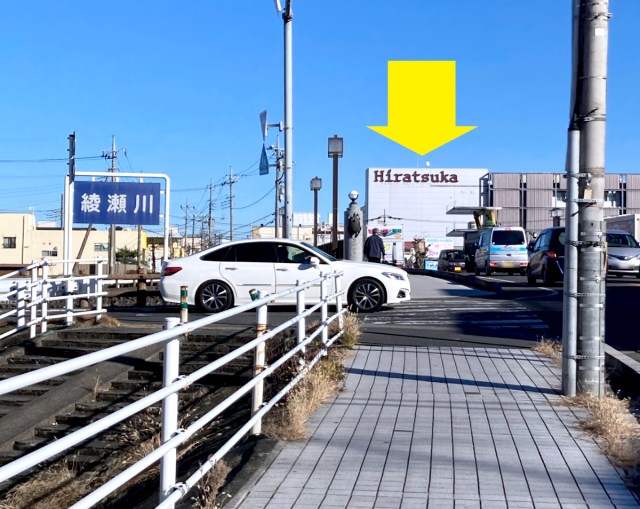
The factory shop’s entrance is right at the front of the building and made it hard for him to miss.
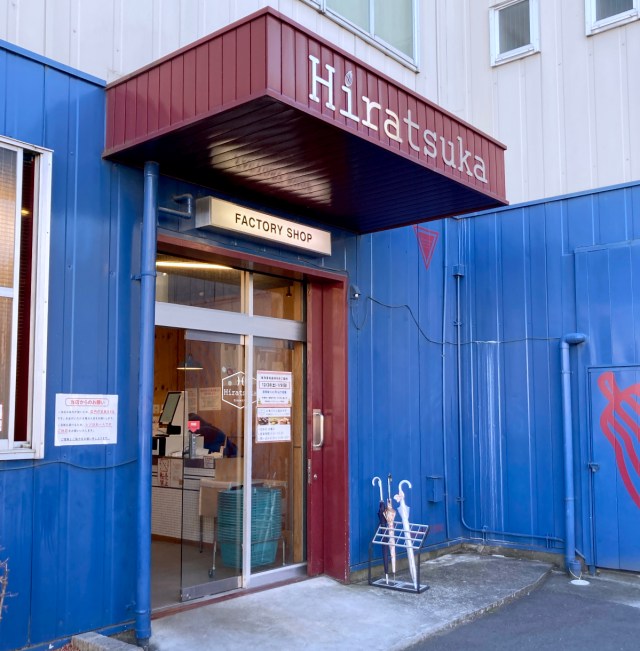
Due to its popularity, the shop limits eight people inside at one time. At the time of Mr. Sato’s visit, around 1:30 p.m., there were actually very few people around so he entered easily.
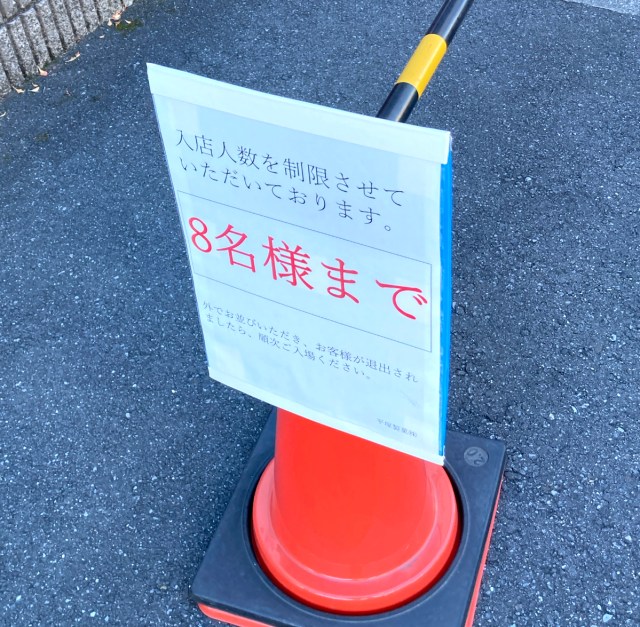
There are also four reserved parking spaces just around the corner from the shop for those coming by car. That isn’t a lot, though, so it might be easiest to come by public transportation, especially on weekends.

Stepping inside, Mr. Sato spotted a sign advertising Hiratsuka Seika’s three most popular products. The first is the brand’s homemade mixed chocolates, followed by rum raisin cream sandwich cookies and a variety of sablé cookies. He thought this guidance was very helpful for first-time visitors to the shop.
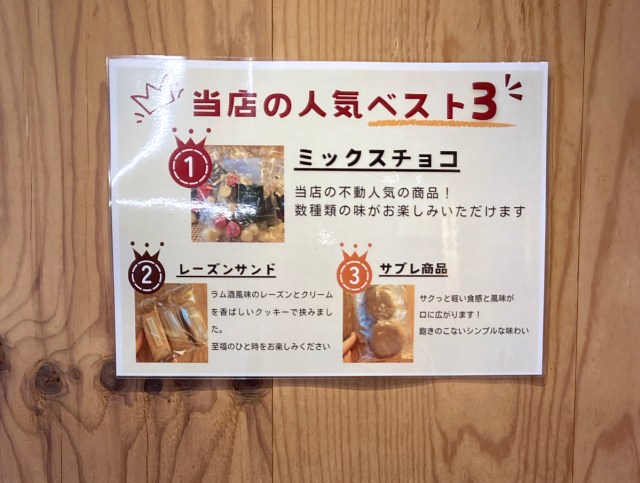
He began to walk around to take stock of everything. These packs of shortbread sablés were popular enough that each customer is limited to purchasing two packs at a time.

He began to get really excited when he spotted the chocolate-covered, cream-filled wafers.
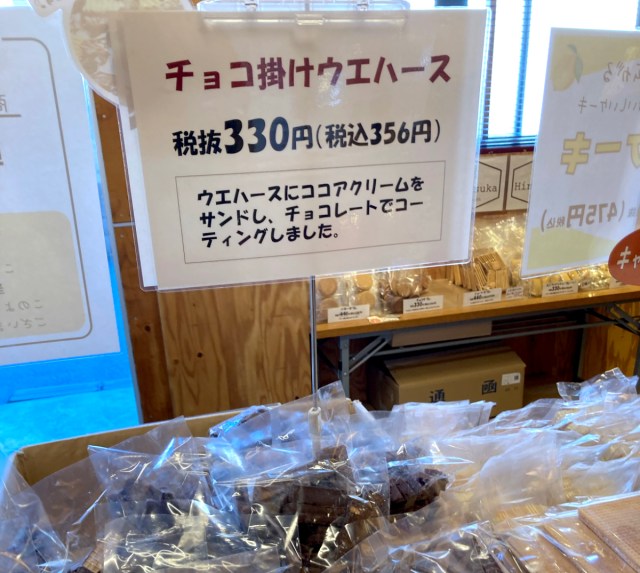
However, it was the product immediately next to those that caught his eye. Whatever it was looked like large wooden boards–or maybe some kind of tool used to make wafers.
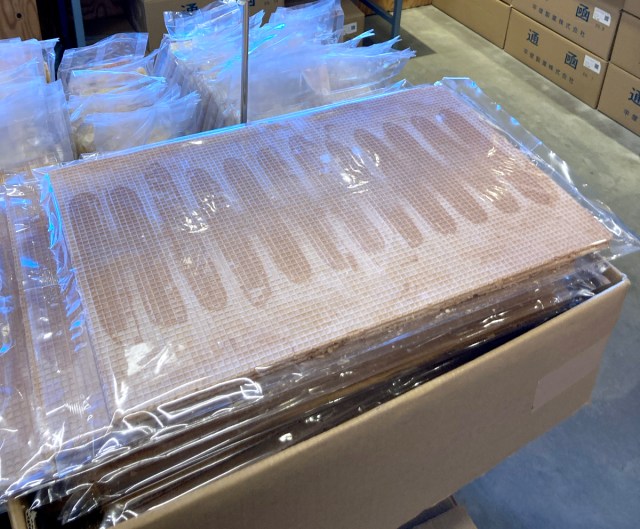
That’s when Mr. Sato read the sign and audibly gasped in delight. They weren’t boards of wood–they were ginormous sheets of uncut wafers for only 550 yen (US$3.48)!
▼ The sign further specified that they were cream-filled, caramel-flavored, and a perfect accompaniment for ice cream.

And yet, Mr. Sato was incredibly torn. With his penchant for comically large food and drink-related items, he wanted so badly to purchase one of these giant sheets of wafery goodness, but was worried that they would end up breaking as he made his way back to the SoraNews24 office in Shinjuku via crowded trains. The shopping bag he had brought with him wasn’t nearly strong enough to protect their delicate nature. Thankfully, after consulting with a shop worker, he received a cardboard box that was much sturdier. It was much deeper than he needed it to be, but it was the only thing that would fit them lengthwise. He didn’t mind as long as the wafers would be safe.
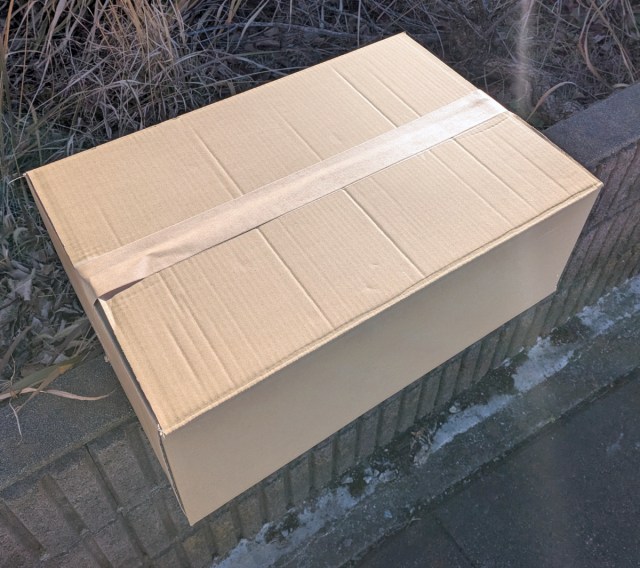
Operation Transport Wafer: COMMENCE!
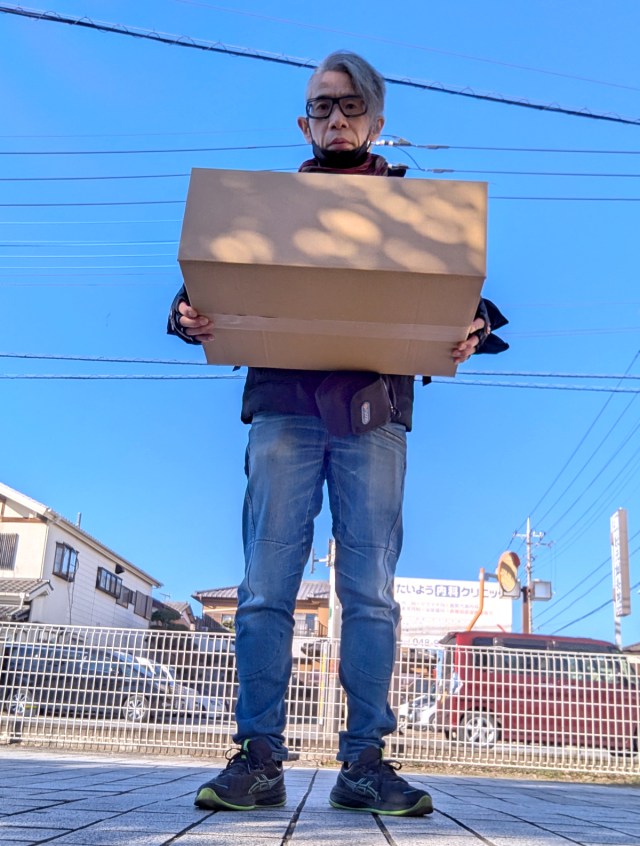
One and a half hours later, Mr. Sato stood in the office kitchen, ready to unbox his treasure and make sure that it hadn’t gotten crushed during travel.

This was even more anxiety-provoking than that time he took a leaf blower to the crotch…
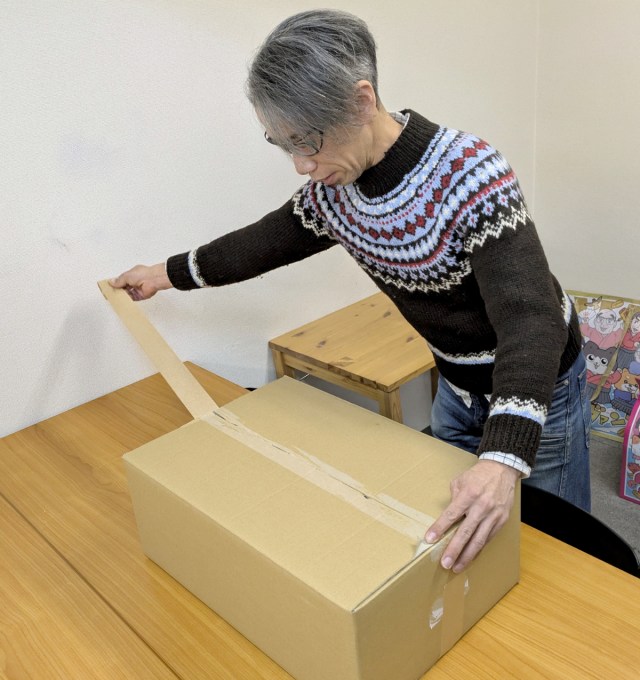
So far, so good…!

Thank GOODNESS! There didn’t seem to be any major cracks in the wafer sheet.

This achievement called for a proudly posed photo.
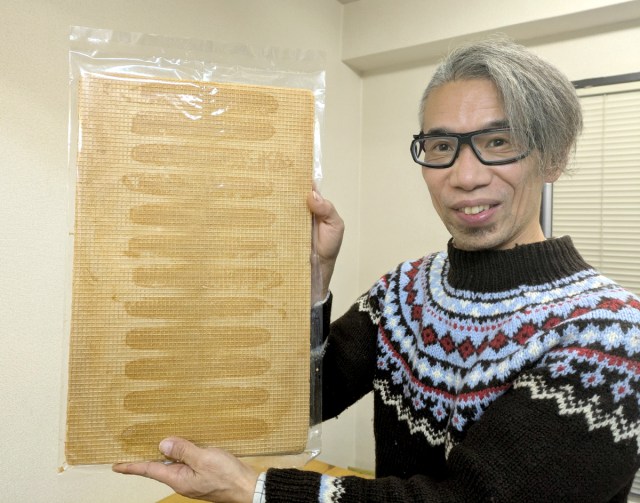
Now it was time to gobble up his childhood dream by gorging on wafers.

He caught the sweet scent of caramel as his teeth sunk into the soft biscuit.
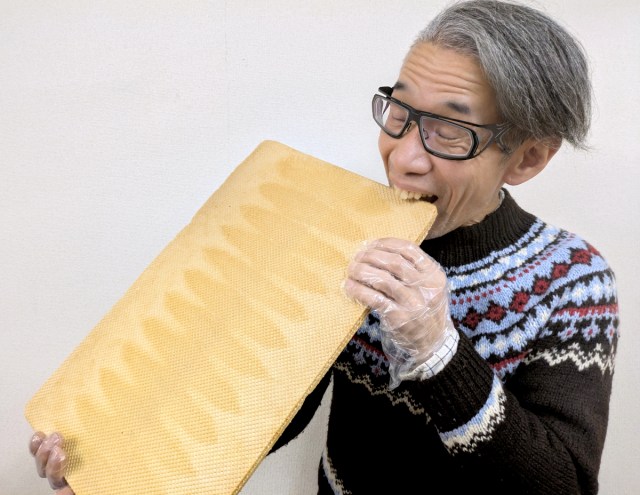
Crunch, crunch! Its taste and texture was everything that a wafer should be. As a kid, he had used to save the wafers on his parfaits for the very last bite. How cool was it now, that at the young age of 51, he could munch on as many of them as he wanted?!

By the way, he had also bought mixed chocolates (600 yen), shortbread sablés (440 yen), dark chocolate (460 yen), and rum raisin cream sandwich cookies (550 yen) as further souvenirs. His immediate gastronomic future looked very sweet, indeed.

Those with a hankering now for giant wafers for themselves should take note that the Hiratsuka Seika Factory Shop is currently closed through January 5 for the New Year’s holidays in Japan. If you need a sweets fix in the meantime, perhaps Starbucks Japan’s new Bouquet Frappuccino can hit the spot instead.
Store information
Hiratsuka Seika Factory Shop Soka Factory / 平塚製菓 ファクトリーショップ 草加工場
Address: Saitama-ken, Soka-shi, Yahata-cho 628
埼玉県草加市八幡町628
Open: 9:30 a.m.-4:30 p.m.
Closed: Sundays
Website
All images © SoraNews24
● Want to hear about SoraNews24’s latest articles as soon as they’re published? Follow us on Facebook and Twitter!
Credit:
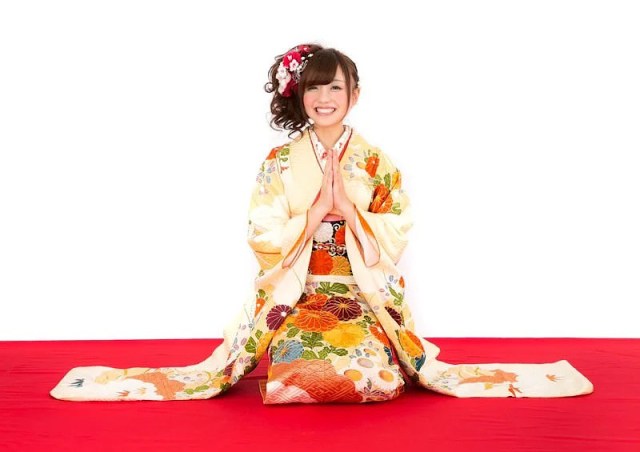























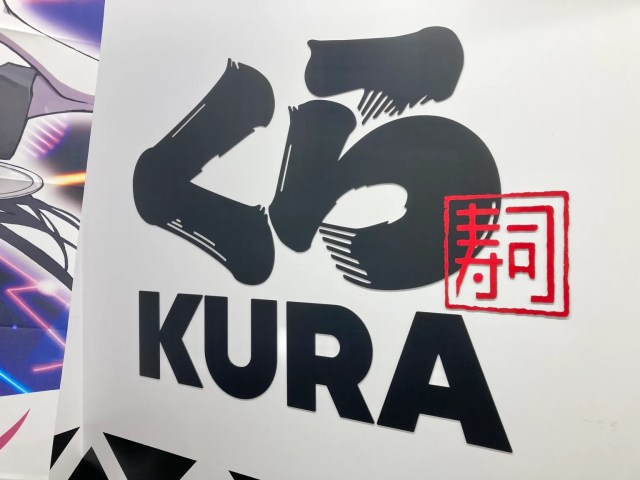
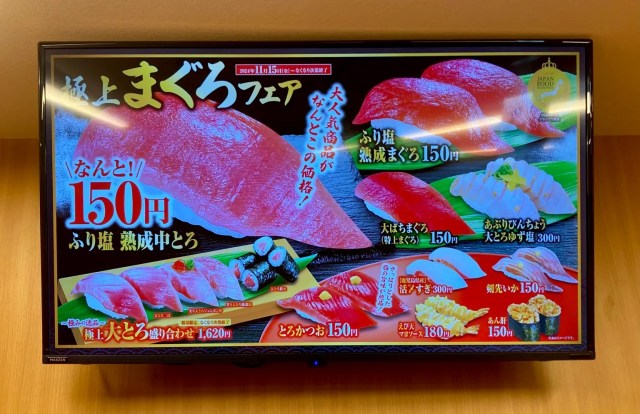
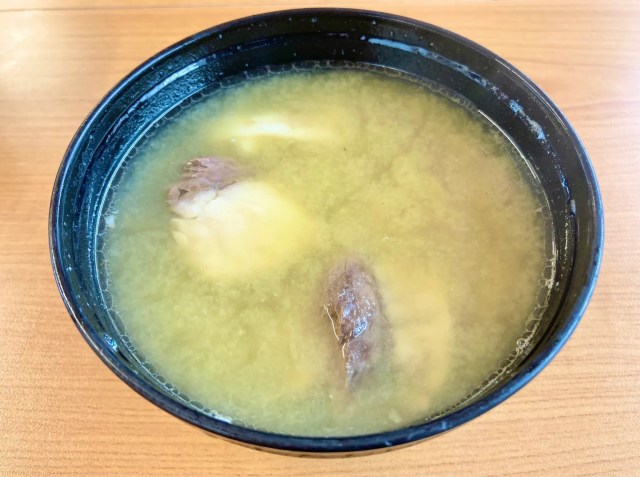
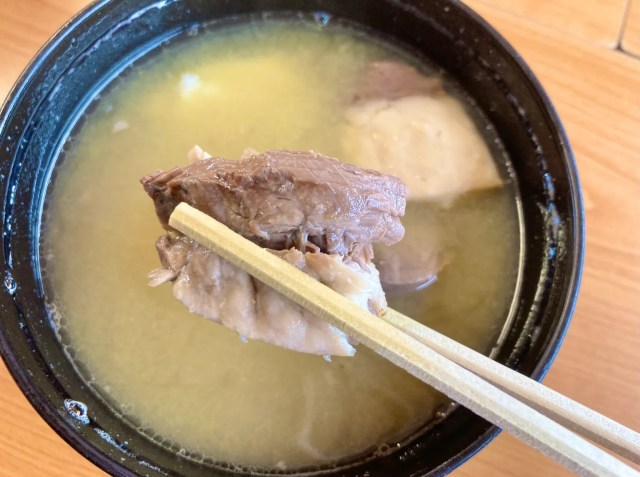

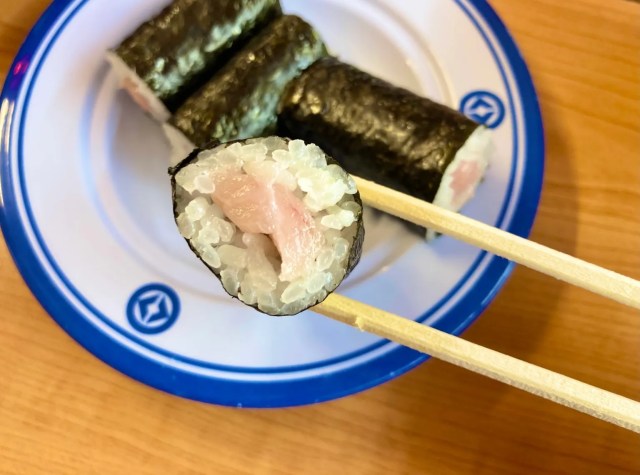
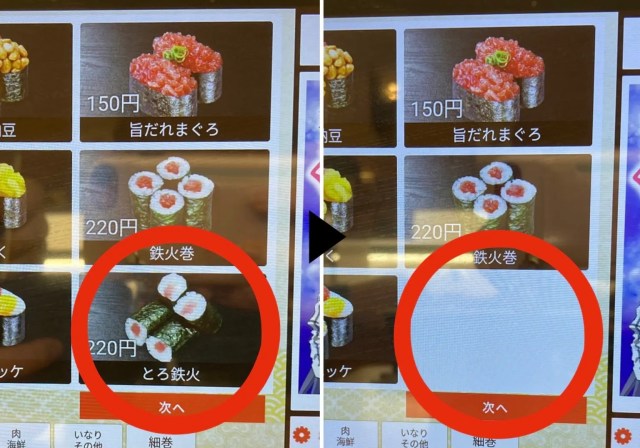
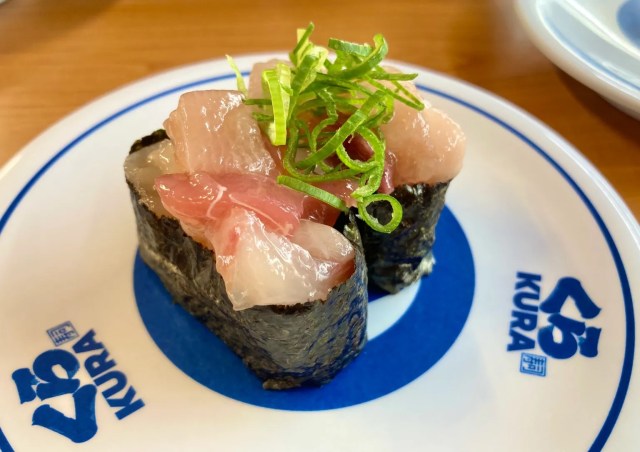
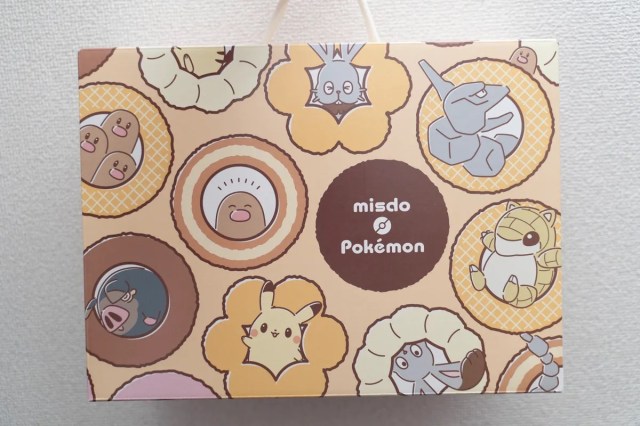
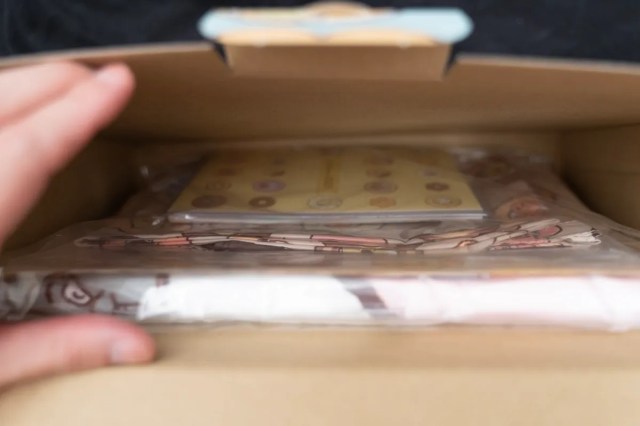
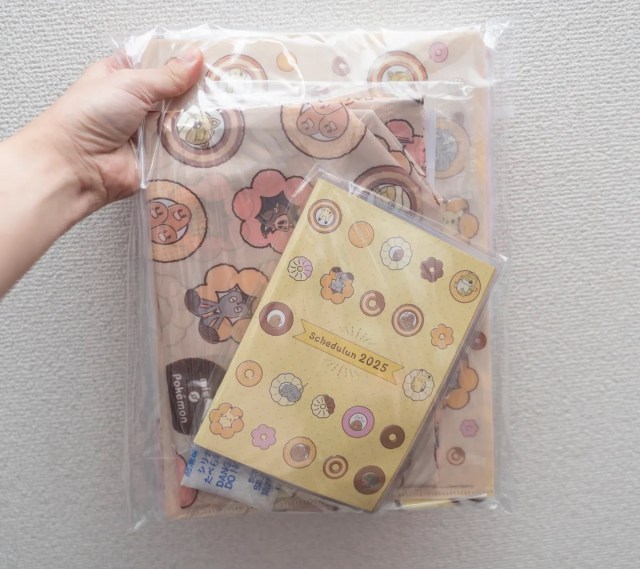
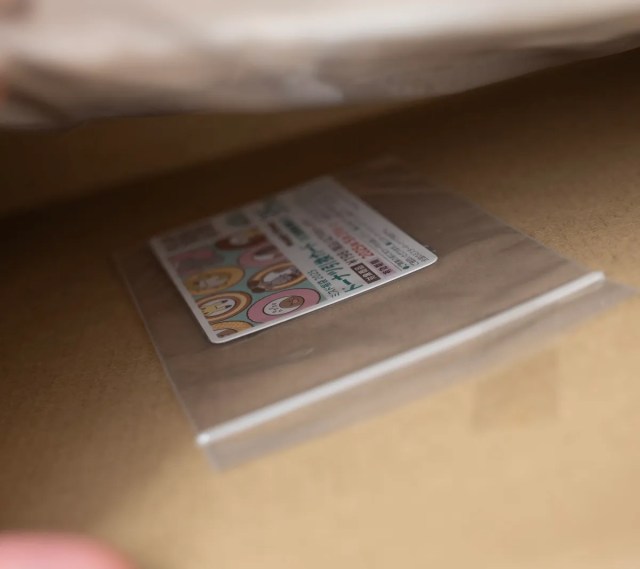
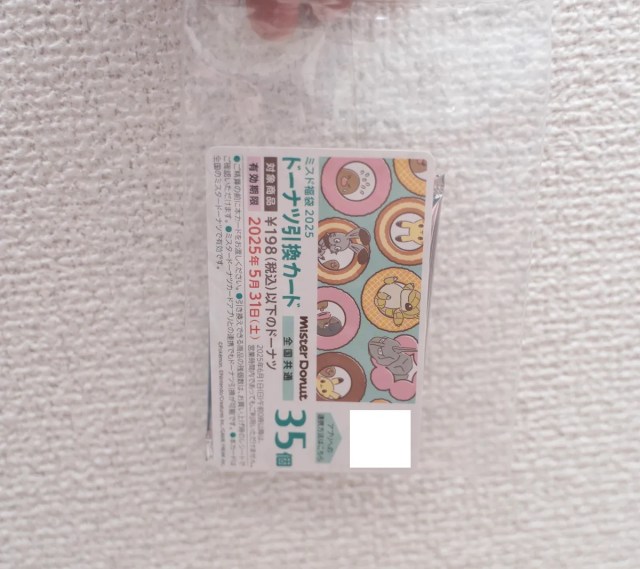
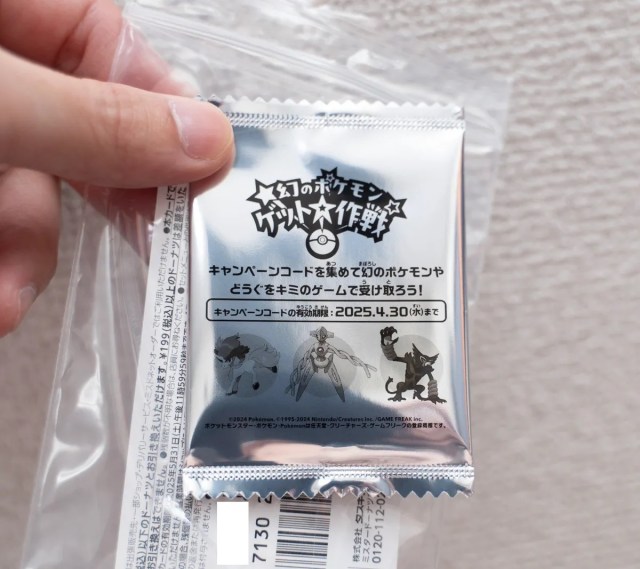
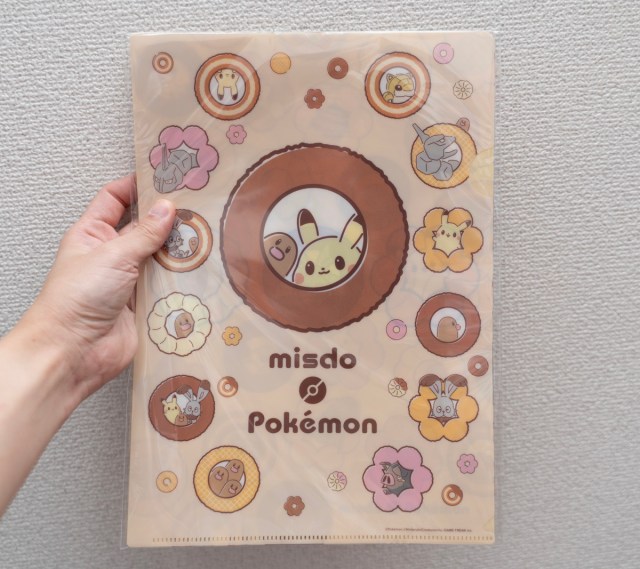
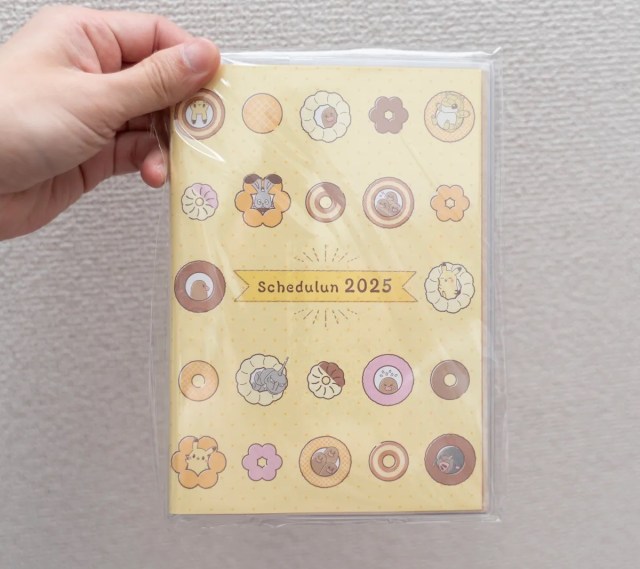
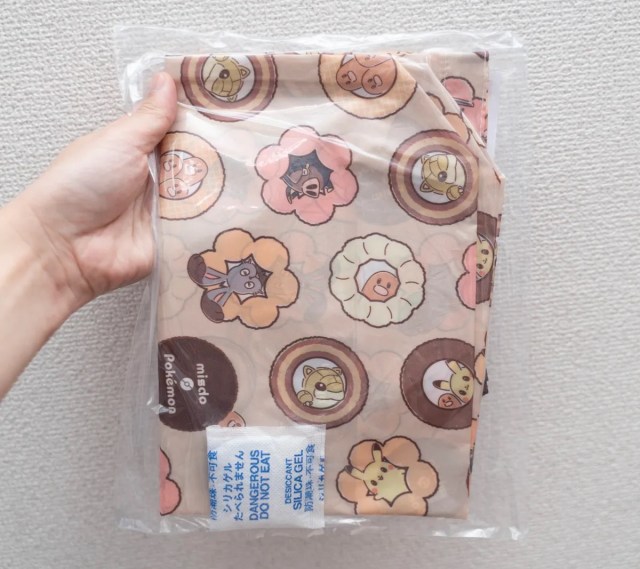

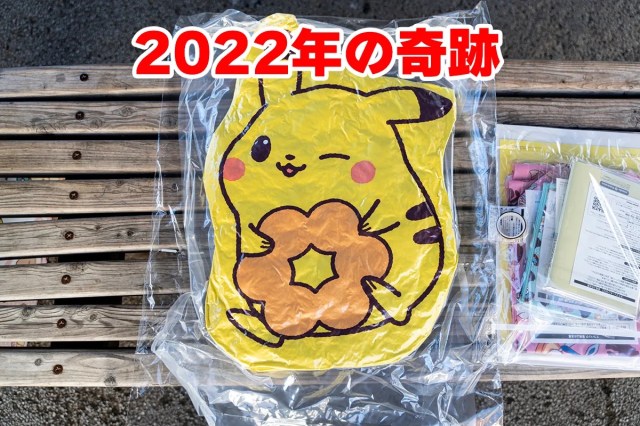




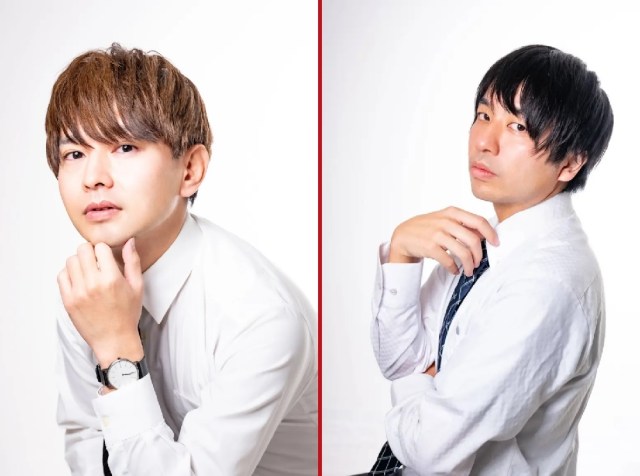
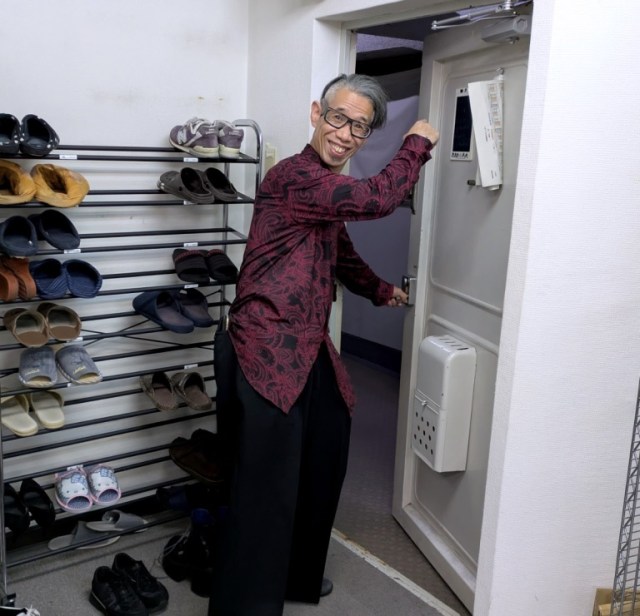
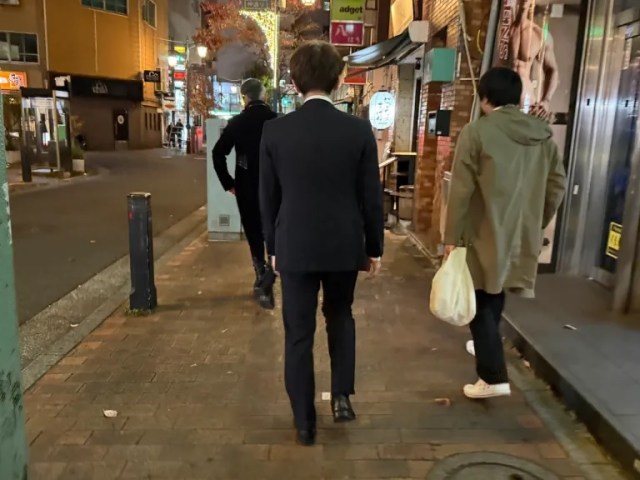
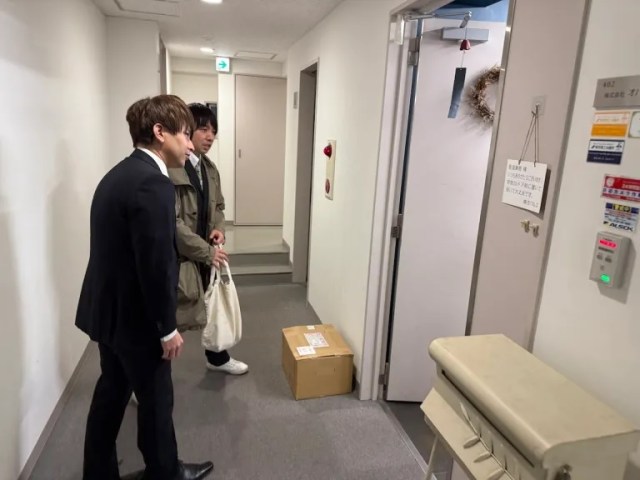

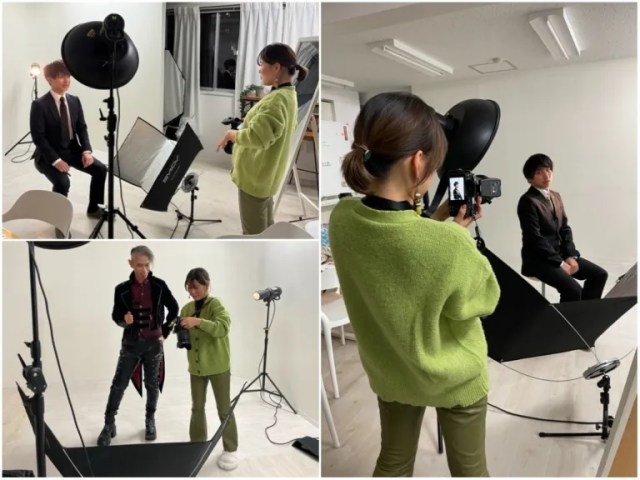
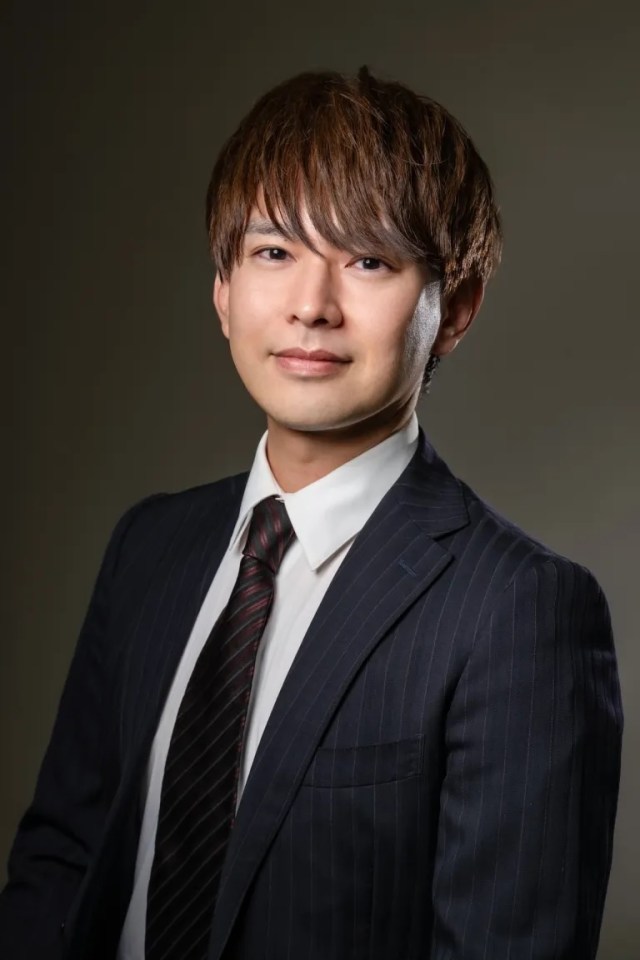
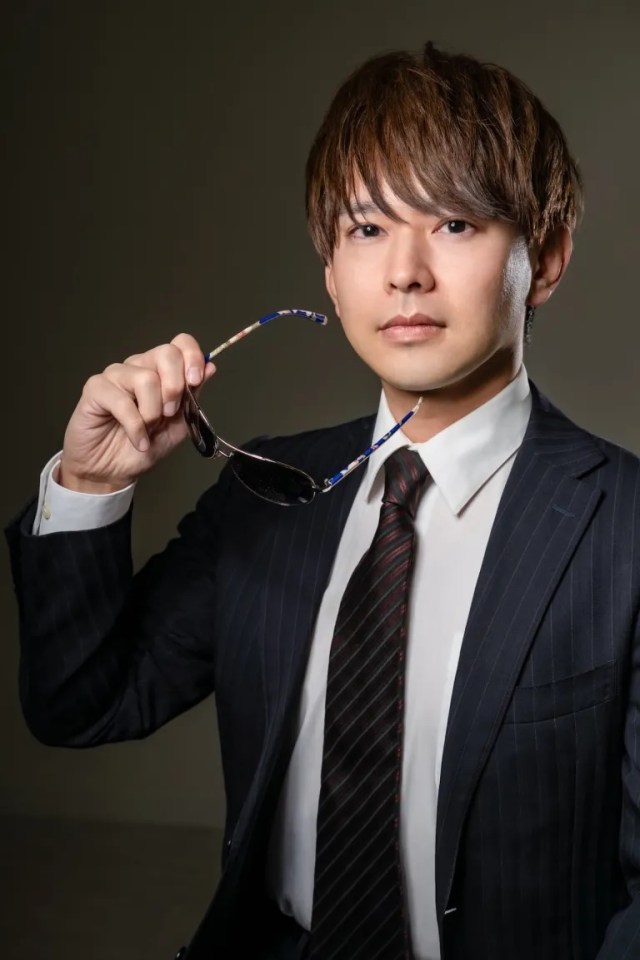
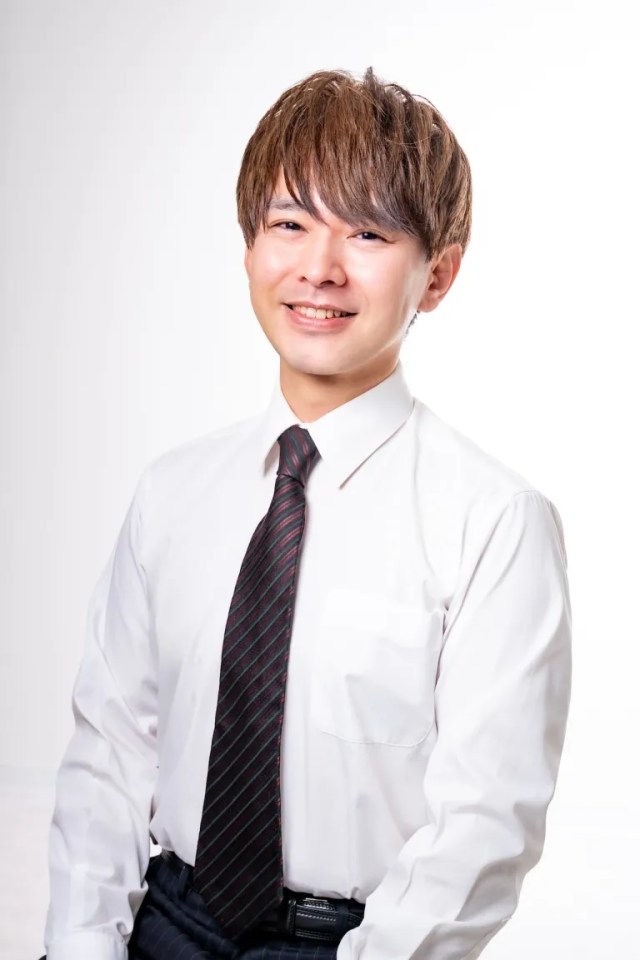
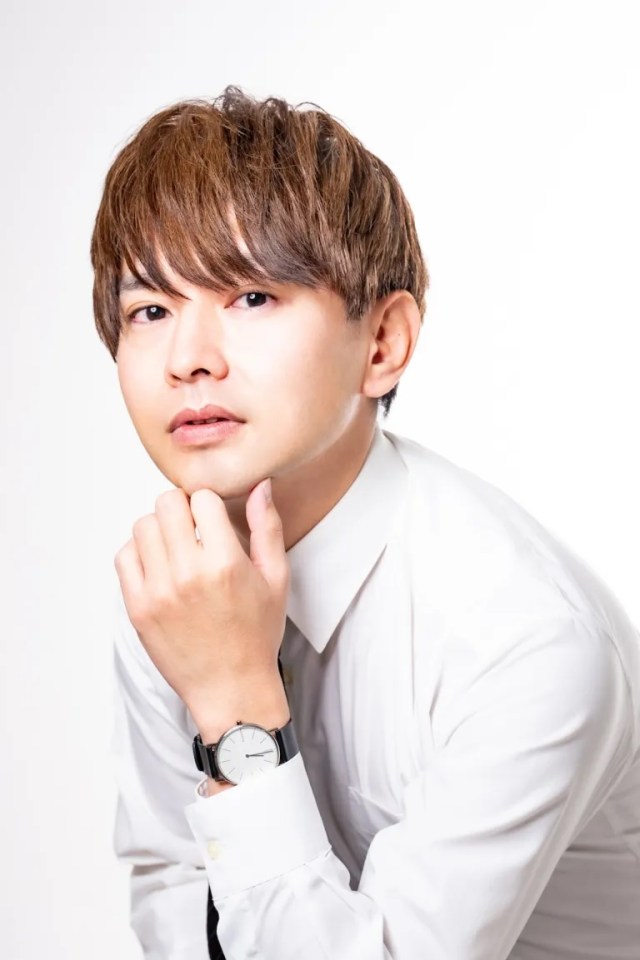
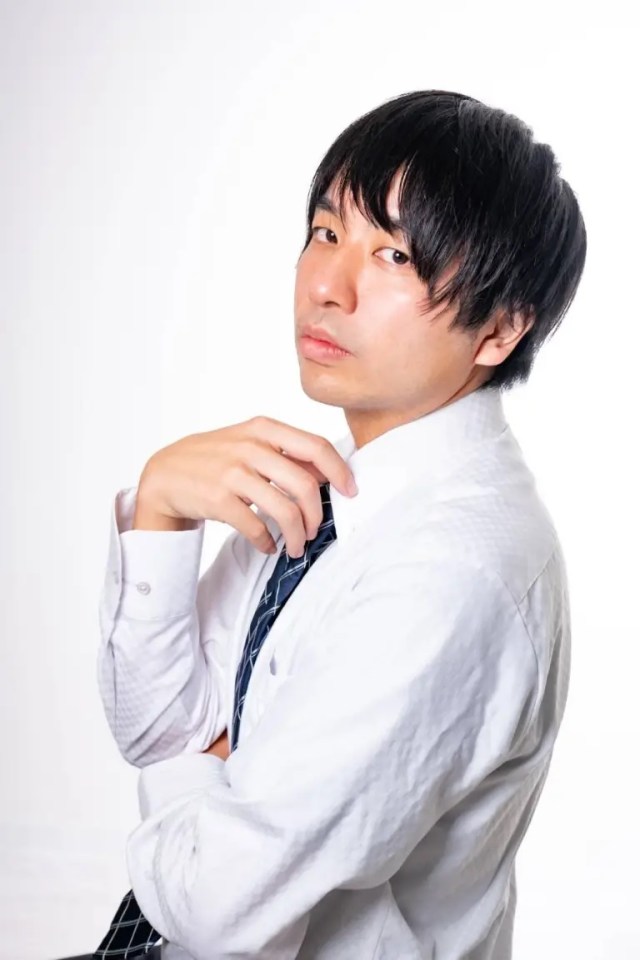

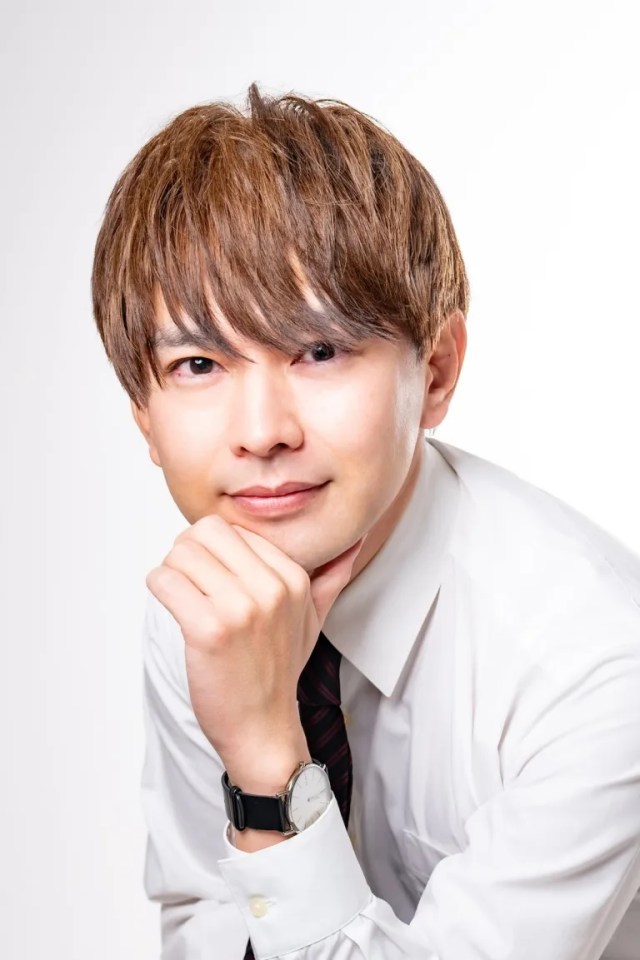

0 comments: